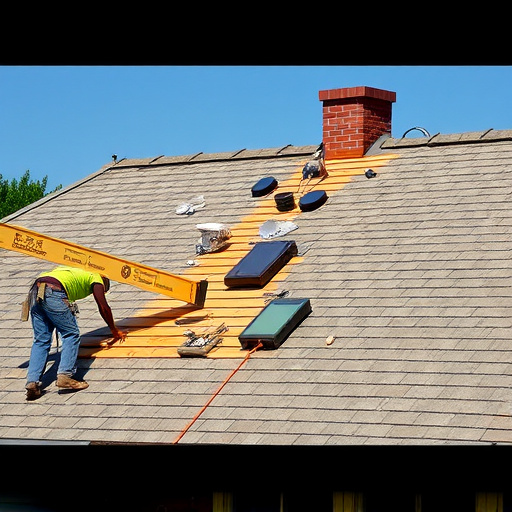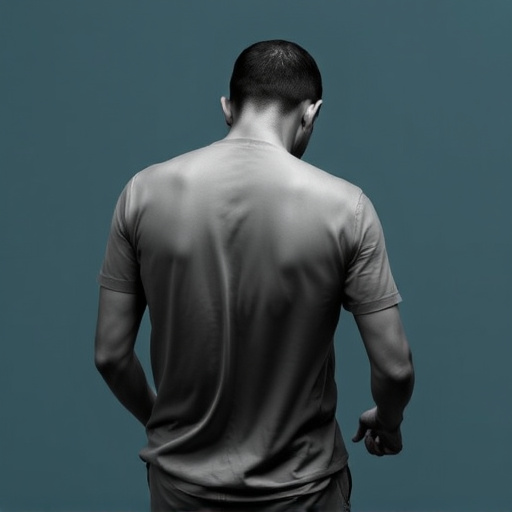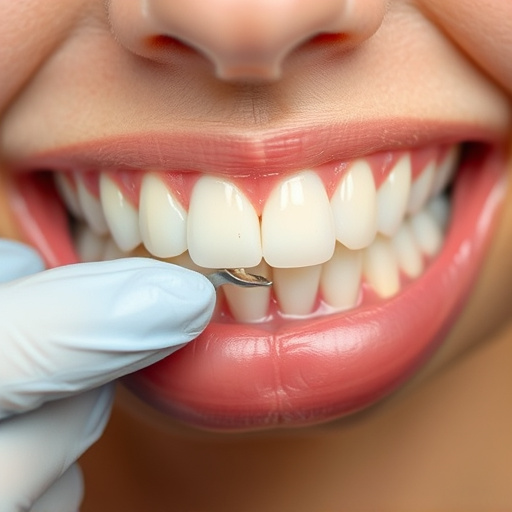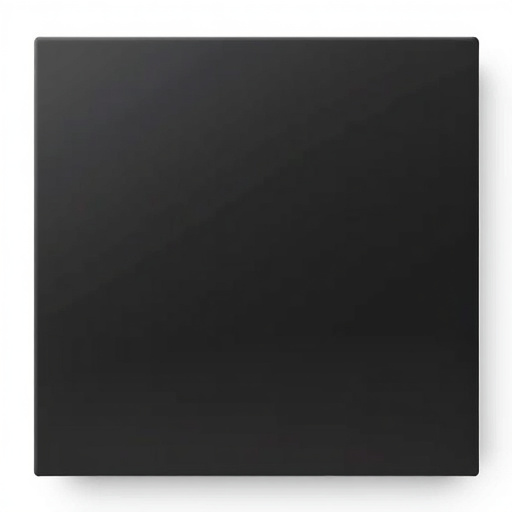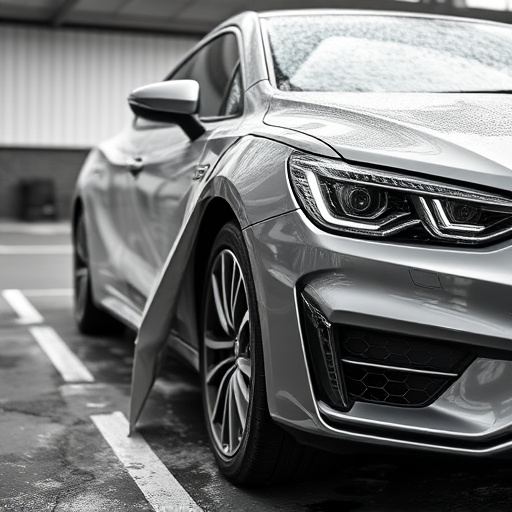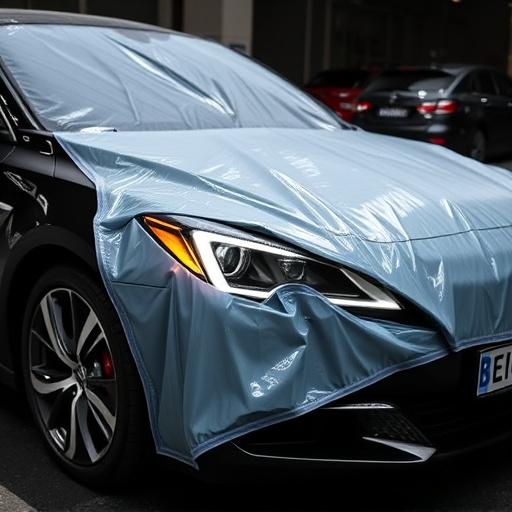Ceramic coating application revolutionizes automotive detailing by offering an advanced protective layer for vehicles, shielding paintwork from water, dirt, UV rays, and scratches, enhancing aesthetics and preventing fading or chipping. Proper preparation involves thorough cleaning, drying, scraping, and sanding. Application requires meticulous cleaning, even layering, and drying with consideration for multiple thin coats for superior protection and durability. Ceramic coatings are popular for vehicle wraps and custom graphics due to their sleek, professional finish that lasts.
“Elevate your vehicle’s protection and allure with our expert guide to flawless ceramic coating application. This comprehensive article breaks down the process into manageable sections, ensuring every step is clear and accessible. From understanding the ceramic coating basics to mastering surface preparation and applying techniques precisely, you’ll gain the knowledge needed for a top-tier finish. Discover how proper prep work and detailed application can transform your car’s exterior, offering superior protection against elements while enhancing its aesthetic appeal.”
- Understanding Ceramic Coating Basics
- Surface Preparation for Optimal Results
- Step-by-Step Application Techniques
Understanding Ceramic Coating Basics
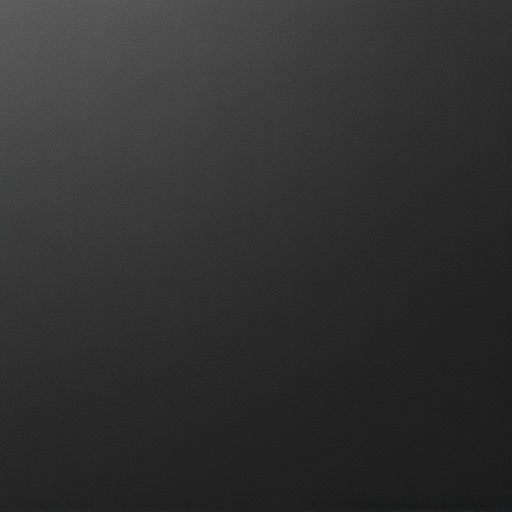
Ceramic coatings have revolutionized the world of automotive detailing, offering a durable and protective layer for vehicles. At its core, ceramic coating application involves applying a thin, transparent film to a car’s paintwork, creating a barrier against environmental elements. This technology has evolved significantly, providing a range of benefits beyond basic protection. Unlike traditional waxes and sealants, ceramic coatings adhere strongly to the surface, forming a solid shield that repels water, dirt, and UV rays.
When considering ceramic coating application, whether for your vehicle wraps or custom graphics, it’s essential to understand its multi-faceted advantages. This process not only enhances the exterior aesthetics but also safeguards the paint job from premature fading, chipping, and other damages. Additionally, ceramic coatings are highly scratch-resistant, ensuring that the car’s finish remains pristine, making them a popular choice for those seeking long-lasting protection and a sleek, professional look in their automotive detailing routines.
Surface Preparation for Optimal Results
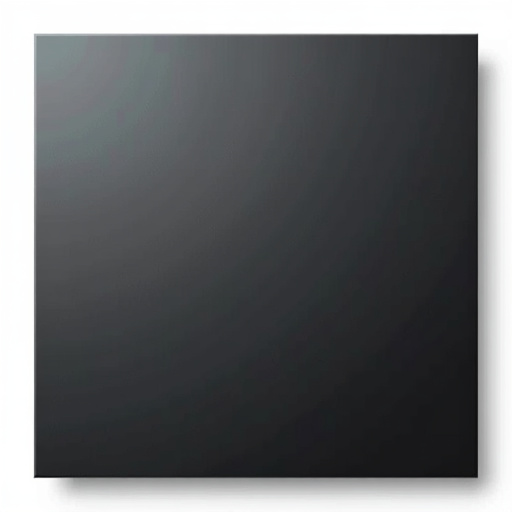
Before applying ceramic coating, proper surface preparation is paramount to achieving optimal results. This involves meticulous cleaning and decontaminating of the vehicle’s exterior to ensure the coating bonds seamlessly with the surface. Begin by washing the car thoroughly with a high-quality automotive shampoo, removing any dirt, grime, or contaminants. After rinsing, dry the vehicle completely to prevent water spots from affecting the coating’s adhesion.
Scraping and sanding are crucial steps in preparing the surface for ceramic coating. Use a dedicated cutting compound to remove minor imperfections, such as swirls or scratches, followed by fine-grit sandpaper to smooth out the paint. This process creates a roughened surface that enhances the coating’s mechanical bond. For added protection, consider applying a professional PPF (Paint Protection Film) installation for enhanced scratch resistance and heat rejection, ensuring your ceramic coating remains flawless over time.
Step-by-Step Application Techniques
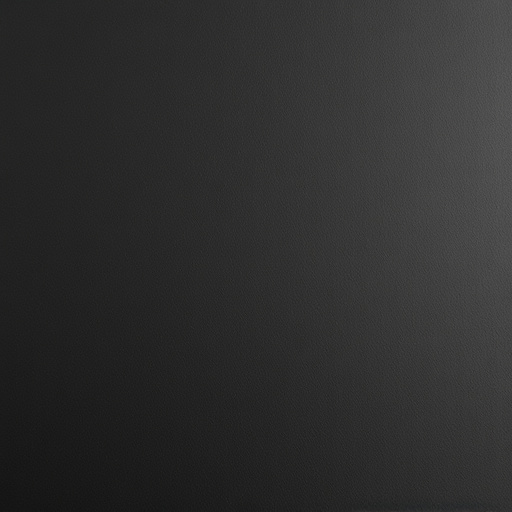
The key to a flawless ceramic coating application lies in following a precise, step-by-step process. Begin by thoroughly cleaning and preparing the surface, removing any contaminants or debris. This crucial initial step ensures optimal adhesion of the ceramic coating. Next, apply a thin, even layer of the ceramic coating using a high-quality sprayer or brush, ensuring full coverage without runs or drips. Allow the first coat to dry completely, usually within 15-20 minutes, depending on the product.
For best results in vehicle protection and heat rejection, consider applying multiple thin layers rather than one thick one. This technique not only provides a smoother finish but also enhances the coating’s durability and effectiveness. Between coats, use a microfiber cloth to gently wipe away any residual excess, ensuring a clean surface for the next application. Repeat this process until you’ve achieved your desired level of coverage and protection, culminating in a glossy, protective ceramic coating that enhances the vehicle’s appearance while safeguarding its finish.
Ceramic coating application is an art that, when mastered, can transform any surface into a sleek, durable, and protective finish. By understanding the basics, preparing surfaces meticulously, and employing precise application techniques, you can achieve flawless results. Remember, proper surface preparation and adherence to expert tips are key to a successful ceramic coating job, ensuring your materials not only look great but also stand the test of time.
